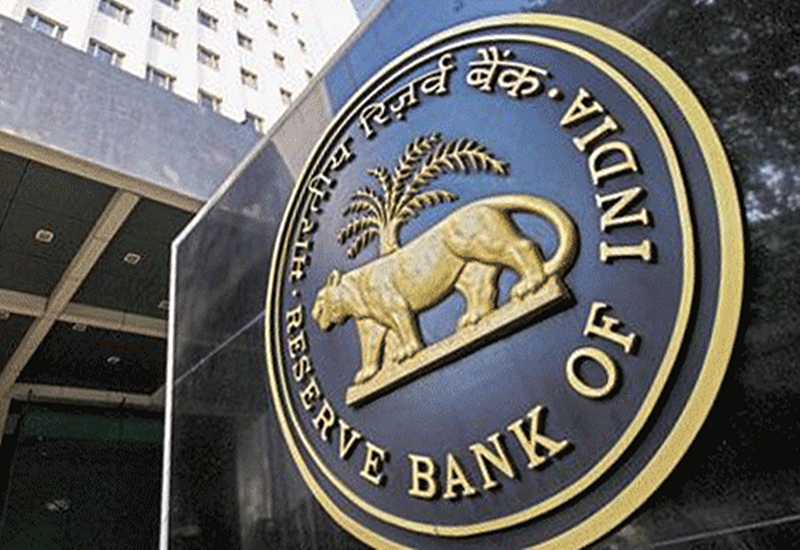The direction of movement of interest rates for 2019 is now a foregone conclusion from the point of view of the RBI unless there are nasty shocks on the oil and monsoon fronts. The important question is how the other rates of interest would move on account of this signal provided by the RBI.
Interest rates matter for the household from two points of view. The first is as a saver bank deposits are important in terms of providing an income and the second is as a borrower especially for home or other retail loans. Here the possibilities are interesting.
The RBI has lowered the repo rate to 6.25% when the economic conditions have not changed nor have the risks to inflation abated as stated in the monetary policy statement. Yet the decisions taken were to lower rates and change the stance to neutral.
This gives a sense that the RBI is also looking at encouraging growth through the monetary route even though inflation targeting is the stated goal. With the inflation rate being benign and not expected to cross the 4% mark through this calendar year, a rate cut in February does signal that there would be more reductions coming though the timing and intensity is not known.
The cut could be between 25-50 bps and hence we should be prepared for lower interest rates. Normally when the interest rate is cut by the RBI banks are supposed to bring down their rates too on both deposits and credit. However, the transmission has always been an area of difference of opinion between the RBI and banks.
It must be understood that the lending rate is based on the base rate/MCLR wherein the overall cost of funds is reckoned. However, the influence of the repo rate change is small as banks can borrow a maximum of 1% of their net demand and term liabilities from the repo window.
This means that on a sustained basis borrowing can be around Rs 1.5 lkh crore in a year on which 25 bps reduction would mean an increase in cost of just around Rs 375 crore which is too small to influence the overall cost of funds. This is why the transmission has been sluggish.
This does pose a conundrum for households which are the big savers and providers of funds for banks. Deposits are the main source of savings for households and constitute around 40% of total financial savings. Presently bank deposits give up to 7.5% on one-year deposit and the increase witnessed in the last few months was more due to the hike in rates by the RBI earlier as well as the shortage of funds with banks.
Curiously due to low interest rates on deposits, households have moved away from bank deposits to other avenues like capital market related instruments including mutual funds and to that extent have taken more risk. Therefore, while the RBI has lowered the repo rate this time, banks have been slower to follow suit on deposits because of the present liquidity situation.
But for sure there will be migration to mutual funds debt instruments where there are also tax benefits available especially where the funds invest in very highly rated bonds. But in a declining interest rate scenario, small savings also look more attractive.
Post office savings rates are more attractive at the longer end while PPF provides 8% with all the tax benefits. The PF rate has been increased to 8.65%. As these interest rates change very gradually, banks need to watch out for such migration.
A declining interest rate regime must be good for borrowers and under the present conditions of declining rates, corporates should be upbeat. It would depend ultimately on how banks react to the rate changes. So far, the response has been indifferent because the MCLR is linked with a formula where the cost of funding is taken into account.
As long as deposit rates do not change the MCLR will be resistant to policy changes. Therefore it would need to be seen if lending rates come down significantly with the present rate cut.
A segment which is more likely to benefit from rate cuts would be the retail portfolio as there are two elements working towards it. The first is that banks prefer to lend to this segment where the delinquency rates are much lower than those on corporate loans or agricultural credit.
Alongside, the government has also put focus on affordable housing and offers interest rate subventions which works well for the mortgage market. This is where one can expect rates to come down. In fact those who go in for flexible interest rates would benefit in future too as rates come down and hence this can be an incentive for potential home owners to explore options.
Retail segment is today a more competitive sector as several PSBs have reoriented their lending to this sector. In fact as banks come out from the shadows of the PCA framework the tendency would be to direct more lending here. Further, the NBFC sector too would be active here which will add to competition. Therefore, there is reason to believe that there will be more competition here that can put downward pressure on interest rates.
Hence, this can be a year where RBI lowers interest rates further, deposit rates move down selectively and retail loan become cheaper. Corporates may not benefit immediately as the NPA overhang would also come in the way of passing on the rate cut benefits.
Madan Sabnavis is chief economist, CARE Ratings. The views are personal.






